Lighten up: Ermenegildo Zegna weighs in with a travel-friendly collection
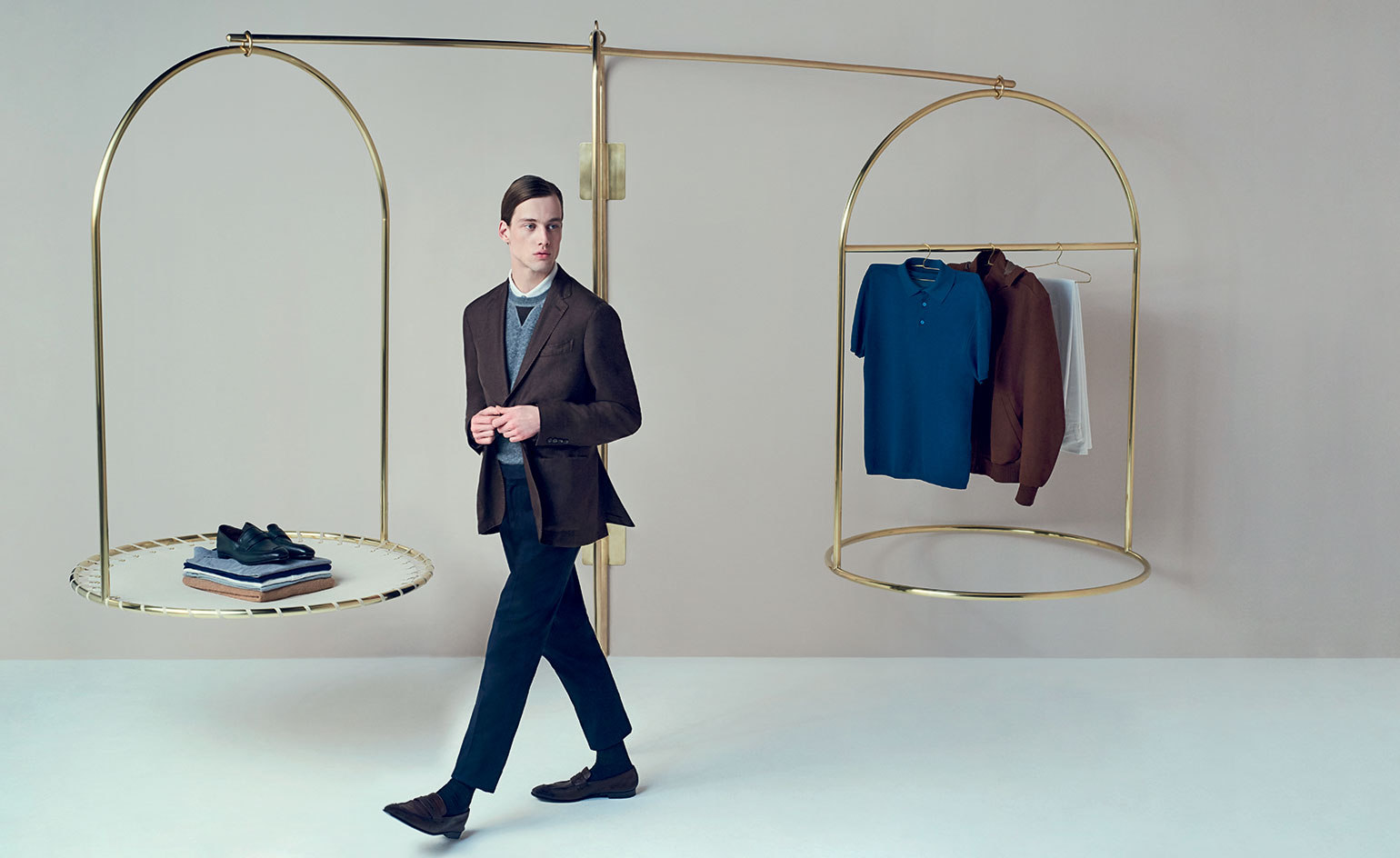
Arriving this month in Ermenegildo Zegna stores worldwide is a capsule collection of 23 pieces called 'Second Skin', the first set delivered with artistic director Alessandro Sartori’s signature.
'Second Skin' is trans-seasonal, designed and engineered for year-round use. According to Sartori, it has ‘volume but no weight, so you can travel and feel almost nude’. The garments offer high comfort, exceptional performance and help regulate the body as it moves from indoor to outdoor environments – between planes, cars, trains and transport terminals, and from one climate to the next.
With a palette of vicuña, off-white, teal, brown, navy and light grey, the look sits comfortably between tailoring and sportswear, but with precision detailing so considered that you will never feel underdressed or overdressed. The fit is slim, and details are discreet. Take the rib on the knits and blouson: look closely and you will see a herringbone pattern. Minimal leather trims add interest but never weight or bulk.
Key pieces include the bomber in waterproof wool and silk, a garment Sartori describes as superleggera (super-light), explaining that even the collar is cut from a single layer of cloth. The fabric weighs just 180g per metre and the finished jacket only 470g. This piece, like others in the 'Second Skin' collection, benefits from the years of experience of Lanificio Zegna, the company’s own mill. The blouson has a detachable hood and is made from vitellina, an exceptionally soft vegetable-tanned calf leather. It’s finished as a micro nabuk, which Sartori says is ‘halfway between a classic nabuk and nappa, so the pello, or “hair”, is very short and super soft’. Of all the pieces, this is the one that needs to be touched to be believed.
Although fully tailored, a two-button blazer in garment-dyed cashmere and silk has a natural shoulder so it fits like a glove. The trousers are described by Sartori as ergonomic and the cotton has a mano fredo, or ‘cool hand’. They ‘feel fresh but very light’, the designer says, and the extra-compact weave reduces creasing.
Sartori also waxes lyrical about the polos, which have no buttons but instead a round neck with a collar. ‘The yarn is high performance,’ he says. ‘Specially selected extra-long fibres are given an extra twist.’ The crew-neck knitwear, which comes with a small nabuk leather sweatshirt detail, is made from a cashmere and silk mix that looks almost like towelling. The softness of cashmere combined with the crispness of silk is like ‘having sweet and salty at the same time’, says Sartori.
The collection’s ultra-light, calf-soled nappa moccasins have a reverse construction, whereby the upper and lining are stitched to a flexible leather sole on the reverse side and then turned inside out, which means they can be folded in half for packing.
Last summer, Sartori was installed as Ermenegildo Zegna’s first artistic director, with responsibility across all its brands. In many ways, he was coming home. The son of a seamstress, Sartori was born in Biella, just a valley away from Ermenegildo Zegna’s home town of Trivero. He spent eight years at the company, designing 'Z Zegna', followed by five years as artistic director of Berluti in Paris, before returning to the fold.
Sartori enthuses about the company’s vertical production, as he gets to eliminate weight at every stage: in the yarn and fabric development, as well as the construction of each piece. Most 'Second Skin' garments have crease-proof qualities. As a rule, crease-proof clothing is chemically treated, but Ermenegildo Zegna works in a different way. It selects only the longest fibres and develops a very high twist at yarn stage, allowing for minimal creasing in the final garment.
Sartori has already air-tested some pieces himself, including on a trip that took in wintry New York and sunny Los Angeles. As a frequent flyer, he has trained himself to reduce volume. For weekend travel, he packs just one change of clothes, plus essential tech such as noise-cancelling headphones. For longer trips, he organises his wardrobe into small poplin bags made by his mother. He demonstrates how he folds his jackets inside out for optimal packing; he recommends quickly unpacking and hanging tailoring over a bath filled with hot water, so the steam can work through the fibres.
The entire 'Second Skin' collection of 18 pieces (two blousons, one bomber, two blazers, two sweatshirts, two shirts, two long-sleeved polos, three short-sleeved polos, one pair of trousers and three five-pocket pairs of jeans) weighs just 7.2kg. And if you pack one of the five pairs of shoes, it’s just 280 grams more. A case of less but better.
As originally featured in the April 2017 issue of Wallpaper (W*217)
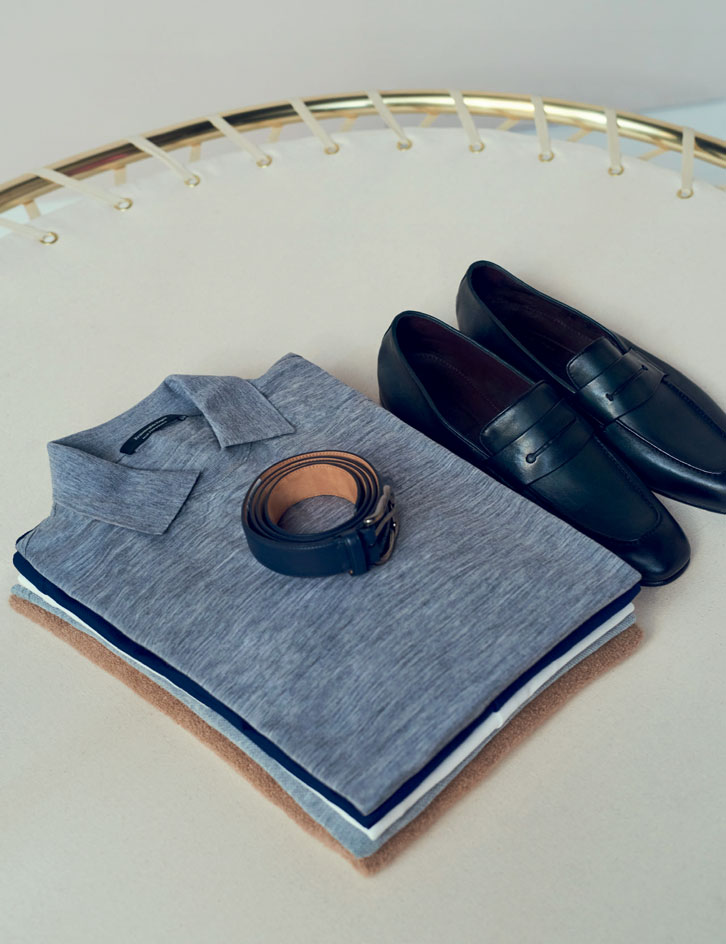
Jumper, £940; polo shirt, £275; top, £395; shirt, £290; top, £395; shoes, £570, all Ermenegildo Zegna ’Second Skin’ capsule collection. Belt, £270, by Ermenegildo Zegna
INFORMATION
’Second Skin’ is in stores now. For more information, visit the Ermenegildo Zegna website
Wallpaper* Newsletter
Receive our daily digest of inspiration, escapism and design stories from around the world direct to your inbox.
Also known as Picky Nicky, Nick Vinson has contributed to Wallpaper* Magazine for the past 21 years. He runs Vinson&Co, a London-based bureau specialising in creative direction and interiors for the luxury goods industry. As both an expert and fan of Made in Italy, he divides his time between London and Florence and has decades of experience in the industry as a critic, curator and editor.
-
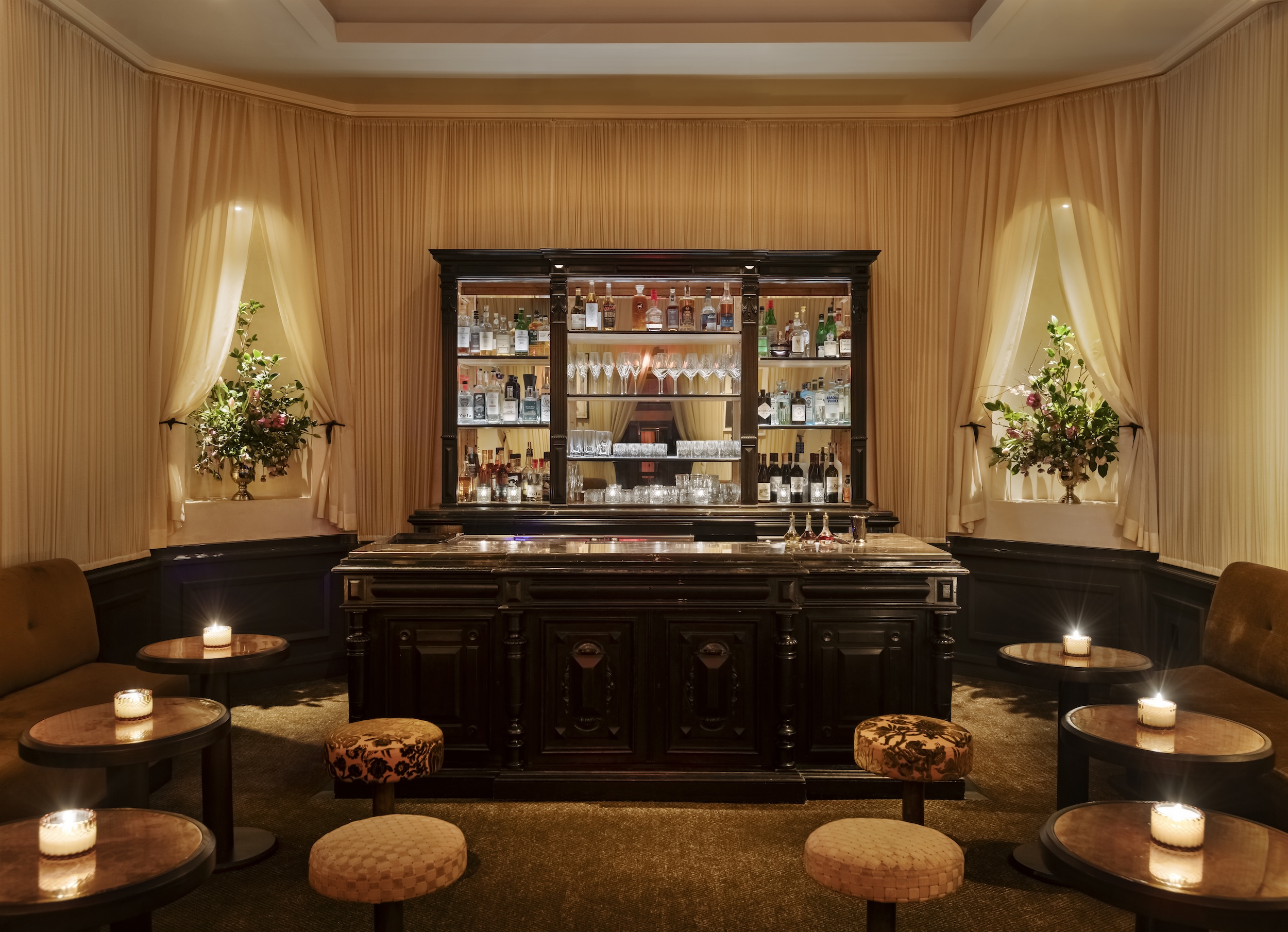 At this secret NYC hangout, the drinks are strong and the vibes are stronger
At this secret NYC hangout, the drinks are strong and the vibes are strongerFor People's bar, Workstead serves up a good time
By Anna Fixsen
-
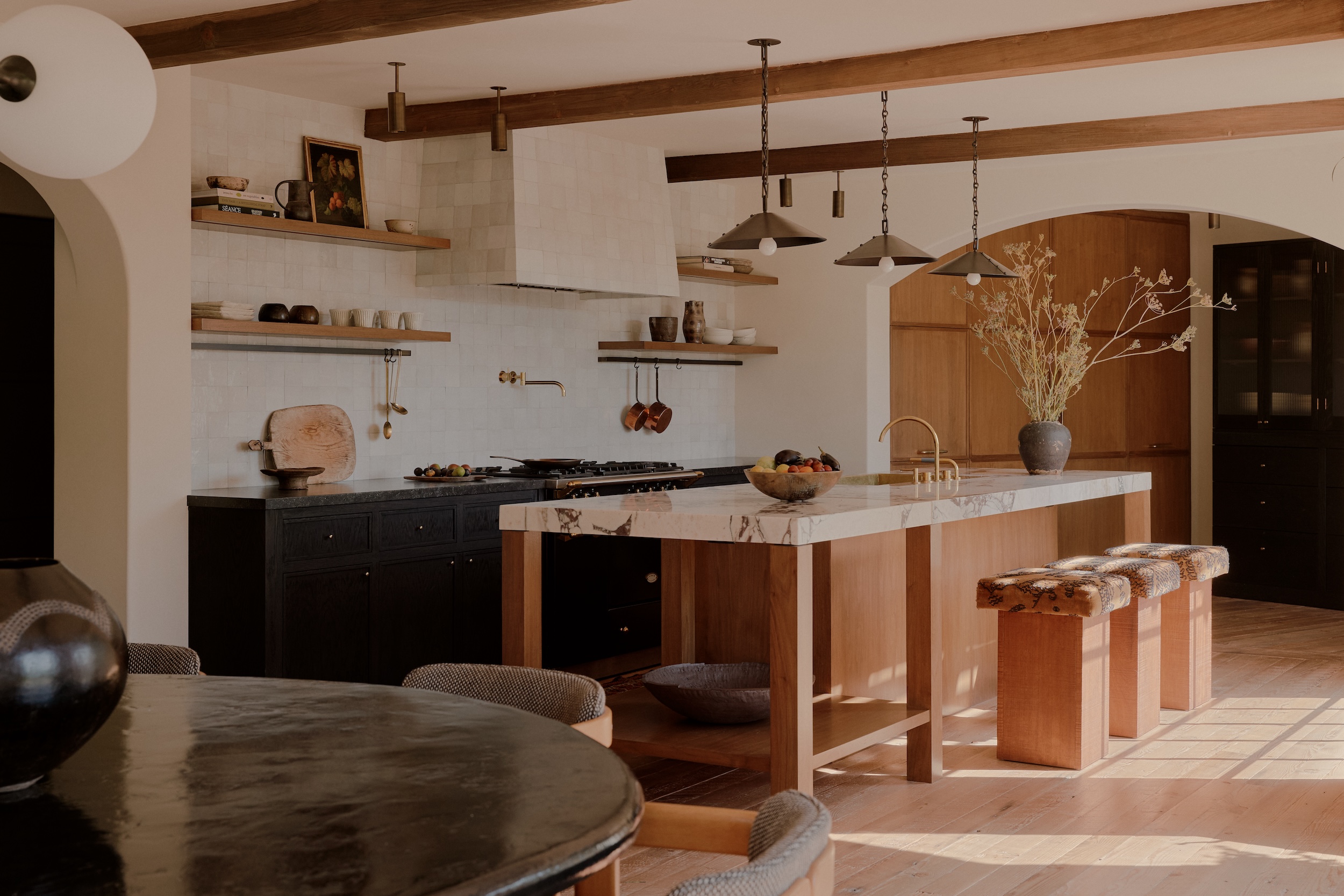 ‘Fall Guy’ director David Leitch takes us inside his breathtaking Los Angeles home
‘Fall Guy’ director David Leitch takes us inside his breathtaking Los Angeles homeFor movie power couple David Leitch and Kelly McCormick, interior designer Vanessa Alexander crafts a home with the ultimate Hollywood ending
By Anna Fixsen
-
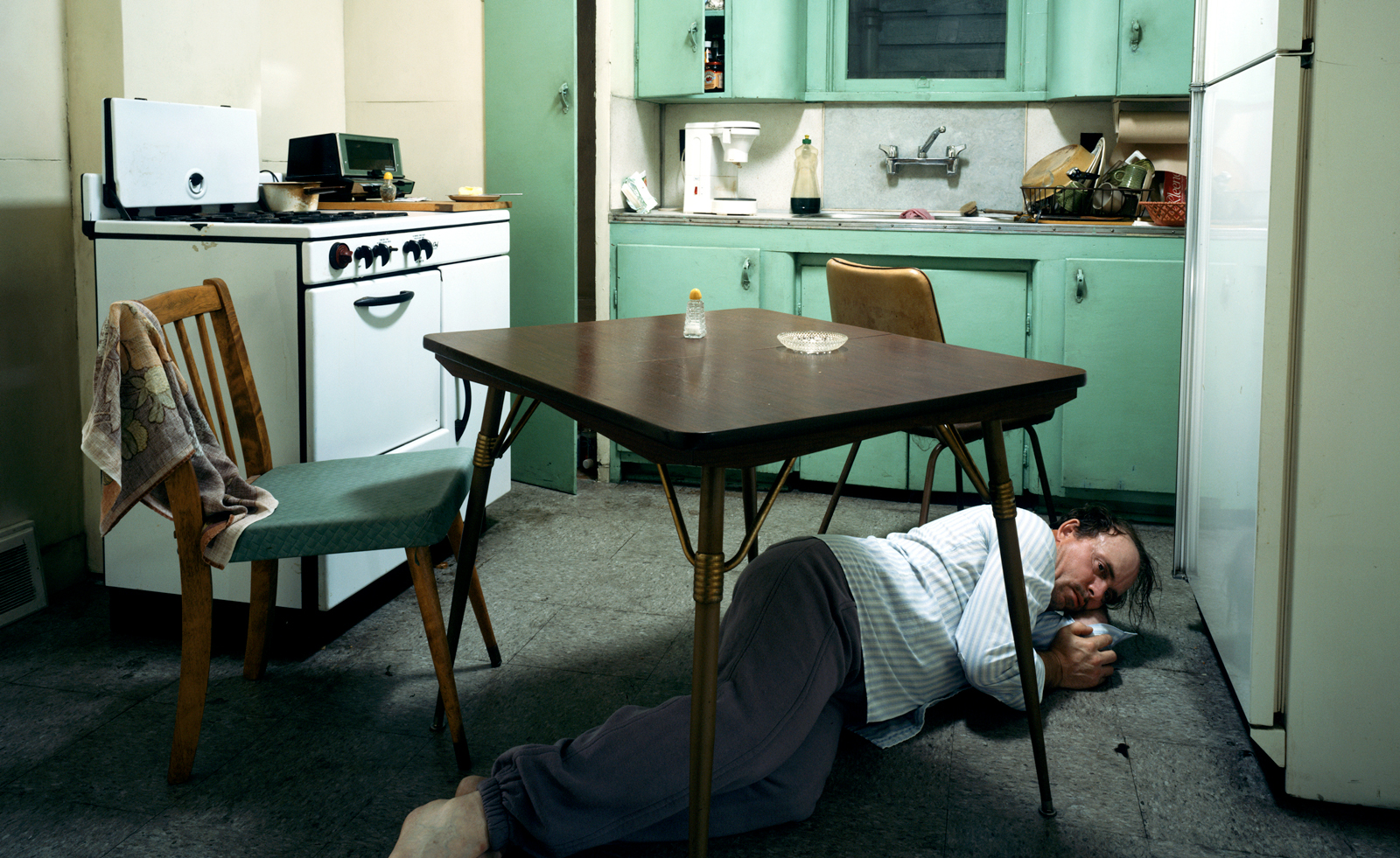 Real or imaginary? Step inside the alternate world of Jeff Wall's photographs
Real or imaginary? Step inside the alternate world of Jeff Wall's photographsJeff Wall's major show at MAAT in Portugal dives into four decades of the photographer's career
By Emily Steer
-
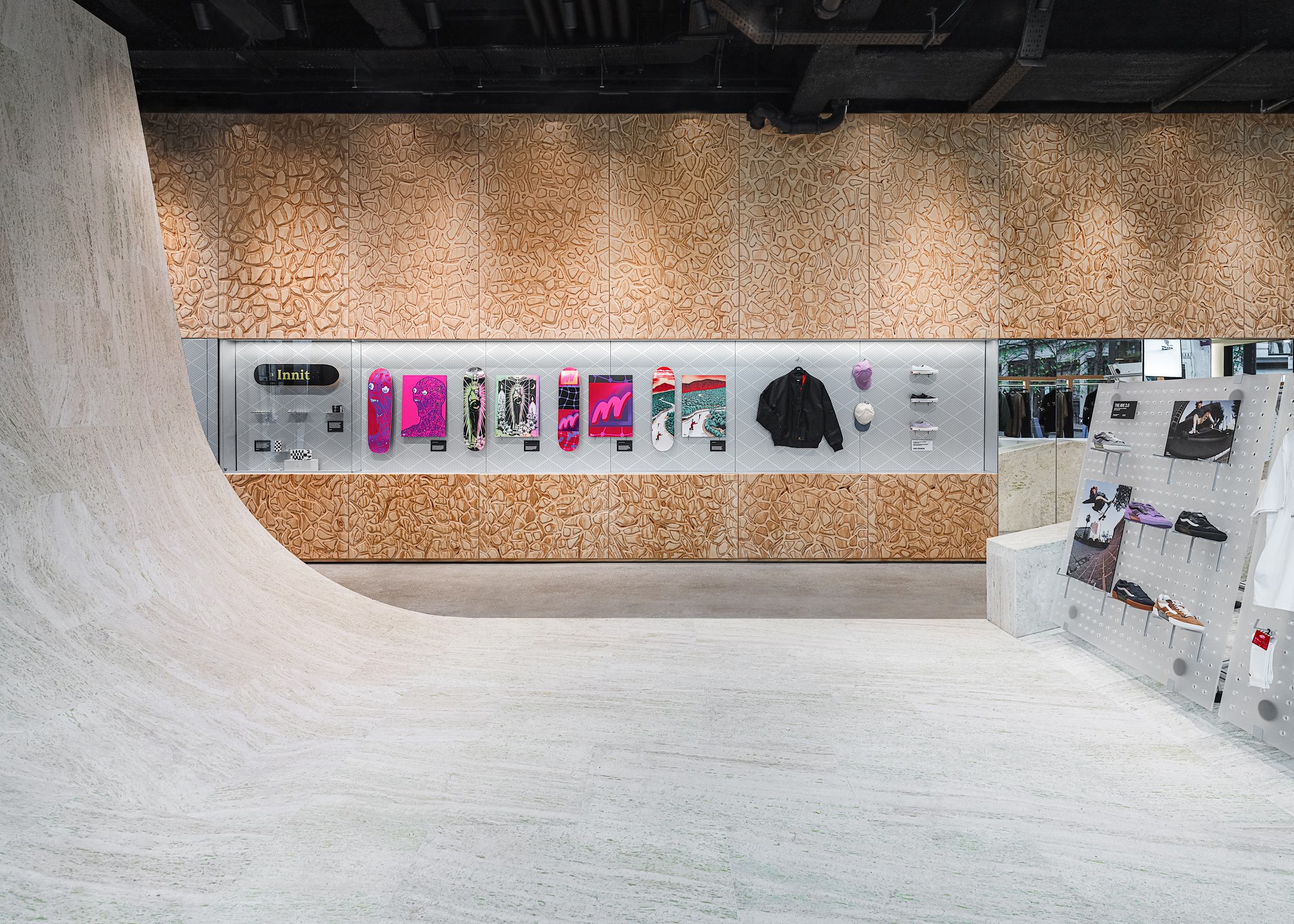 Vans’ West End store turns skatepark, with a 200 sq m travertine ramp
Vans’ West End store turns skatepark, with a 200 sq m travertine rampPart store, part community hub, Vans West End in London ramps up its skateboarding credentials with a design by Andrea Caputo Studio
By Simon Mills
-
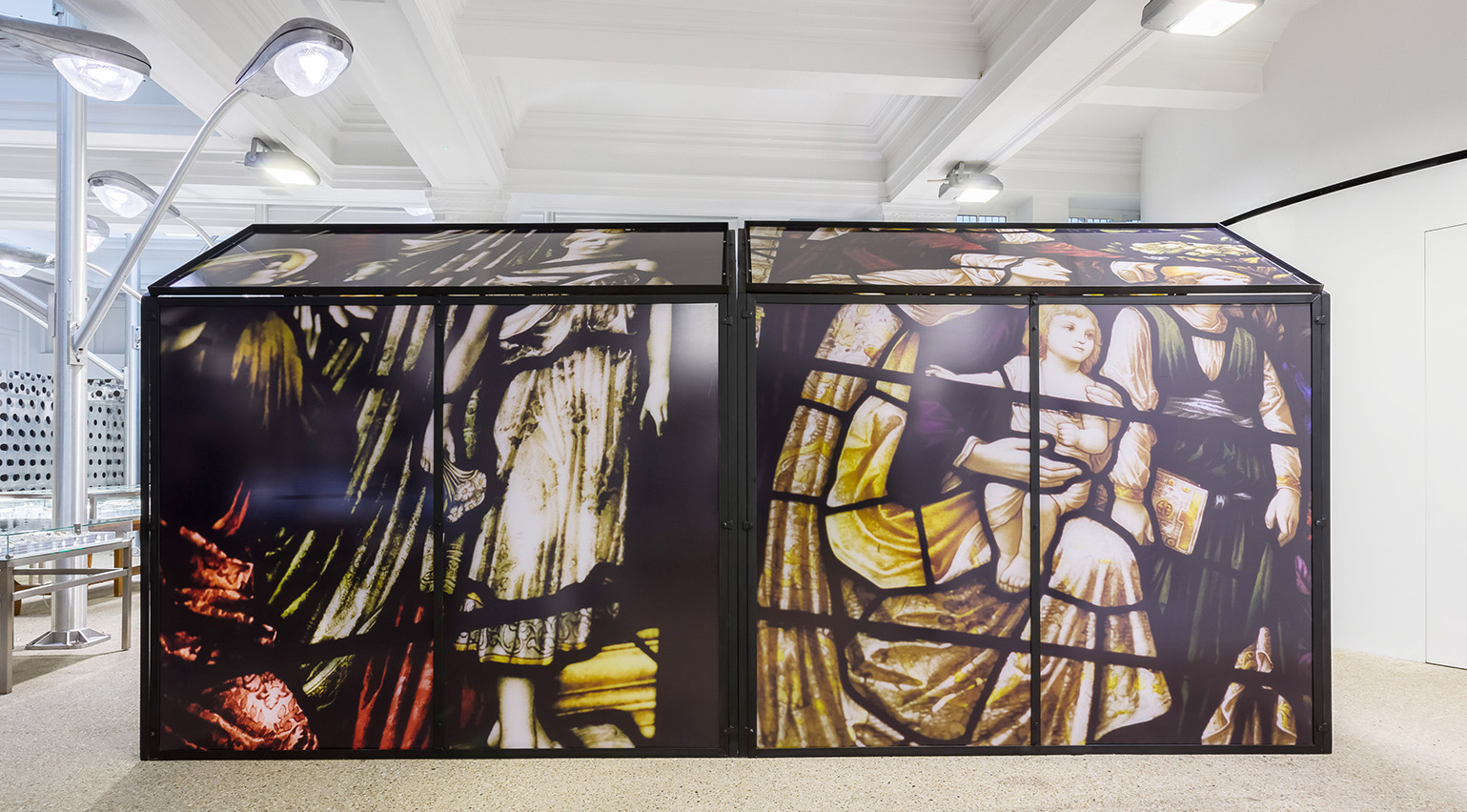 20 years of Dover Street Market’s transporting in-store installations, from giant elephants to soft toys
20 years of Dover Street Market’s transporting in-store installations, from giant elephants to soft toysAs Dover Street Market, Rei Kawakubo and Adrian Joffe’s radical London concept store, celebrates its 20th anniversary, we look back at ten of its most colourful installations, crafted alongside Simone Rocha, Jonathan Anderson, Martin Parr and more
By Orla Brennan
-
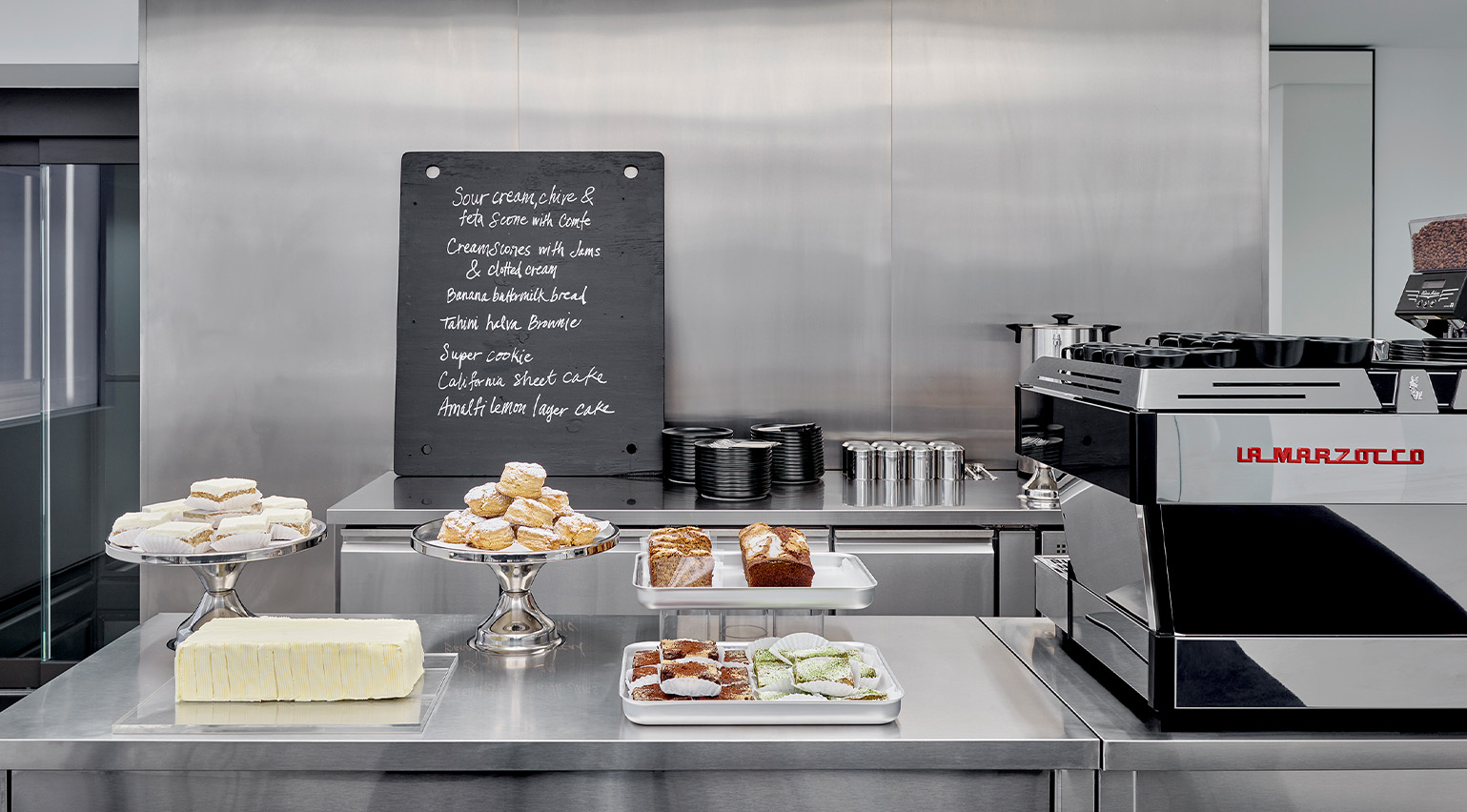 Alaïa’s secret new London café and bookstore is inspired by the art of hosting
Alaïa’s secret new London café and bookstore is inspired by the art of hostingHoused on the third floor of Alaïa’s London flagship, the intimate space – inspired by Azzedine Alaïa’s famed hospitality – includes a Violet Cakes bakery and a bookstore by Claire de Rouen
By Jack Moss
-
 ‘Music is in the DNA of the brand’: AV Vattev on creating this year’s loudest accessory
‘Music is in the DNA of the brand’: AV Vattev on creating this year’s loudest accessoryRising London designer AV Vattev – who has recently outfitted Charli XCX and Troye Sivan for their viral ‘Sweat’ tour – talks about the influence of music on his ‘bold and unapologetic’ collections
By Jack Moss
-
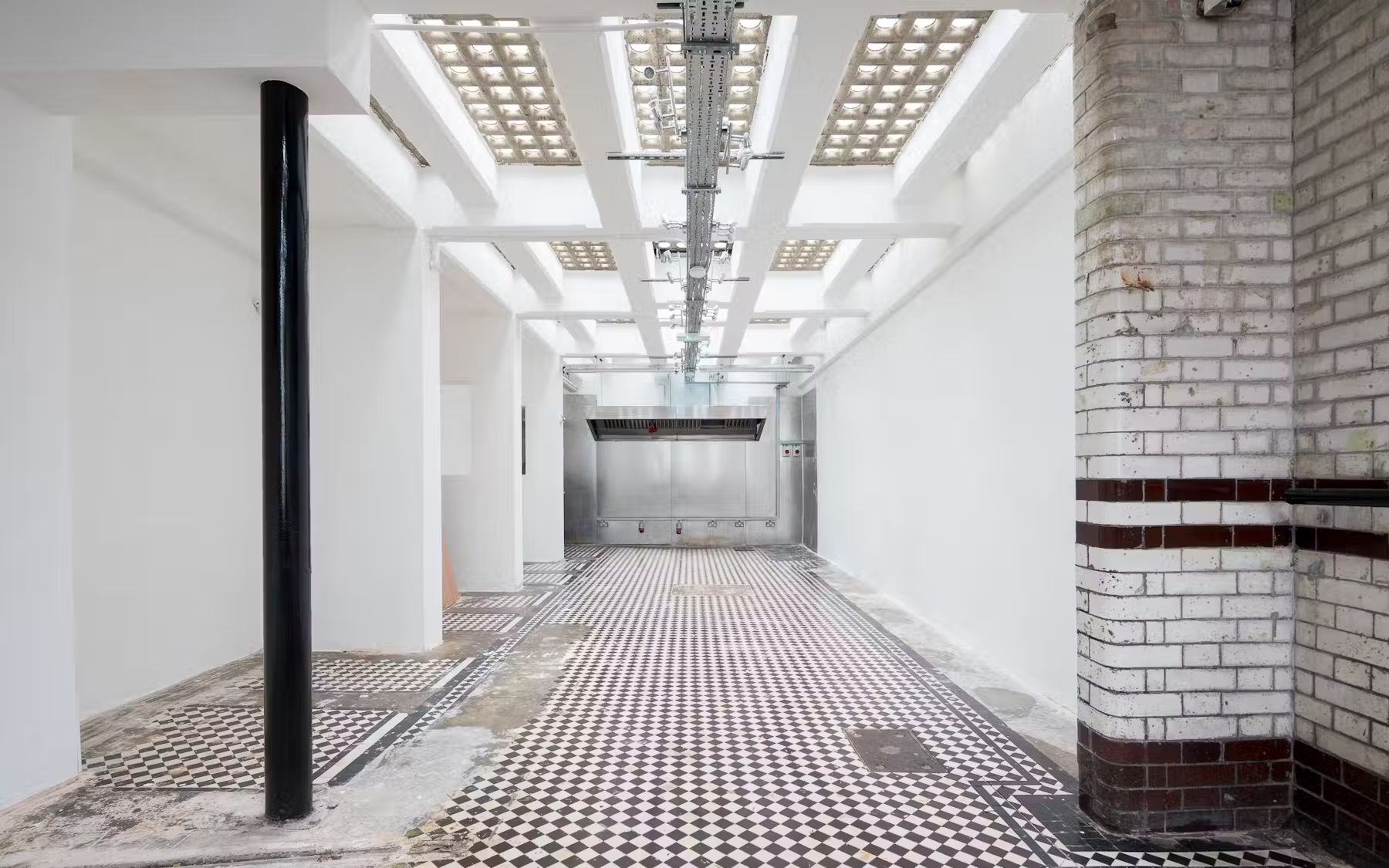 APOC’s secret London pop-up is a curiosity shop of weird and wonderful fashion
APOC’s secret London pop-up is a curiosity shop of weird and wonderful fashionOffbeat fashion emporium APOC’s London pop-up opens in time for the holiday season, offering the work of more than 70 avant-garde designers – most of which you won’t find elsewhere – in a secret location
By Mary Cleary
-
 Paul Smith’s Claridge’s Christmas tree is a playful slice of ‘countryside in the centre of London’
Paul Smith’s Claridge’s Christmas tree is a playful slice of ‘countryside in the centre of London’Sir Paul Smith is the latest in a long line of fashion designers to curate the iconic Claridge’s Christmas tree. Here, he talks to Wallpaper* about the inspiration behind the tree, which features bird boxes and wooden animals
By Jack Moss
-
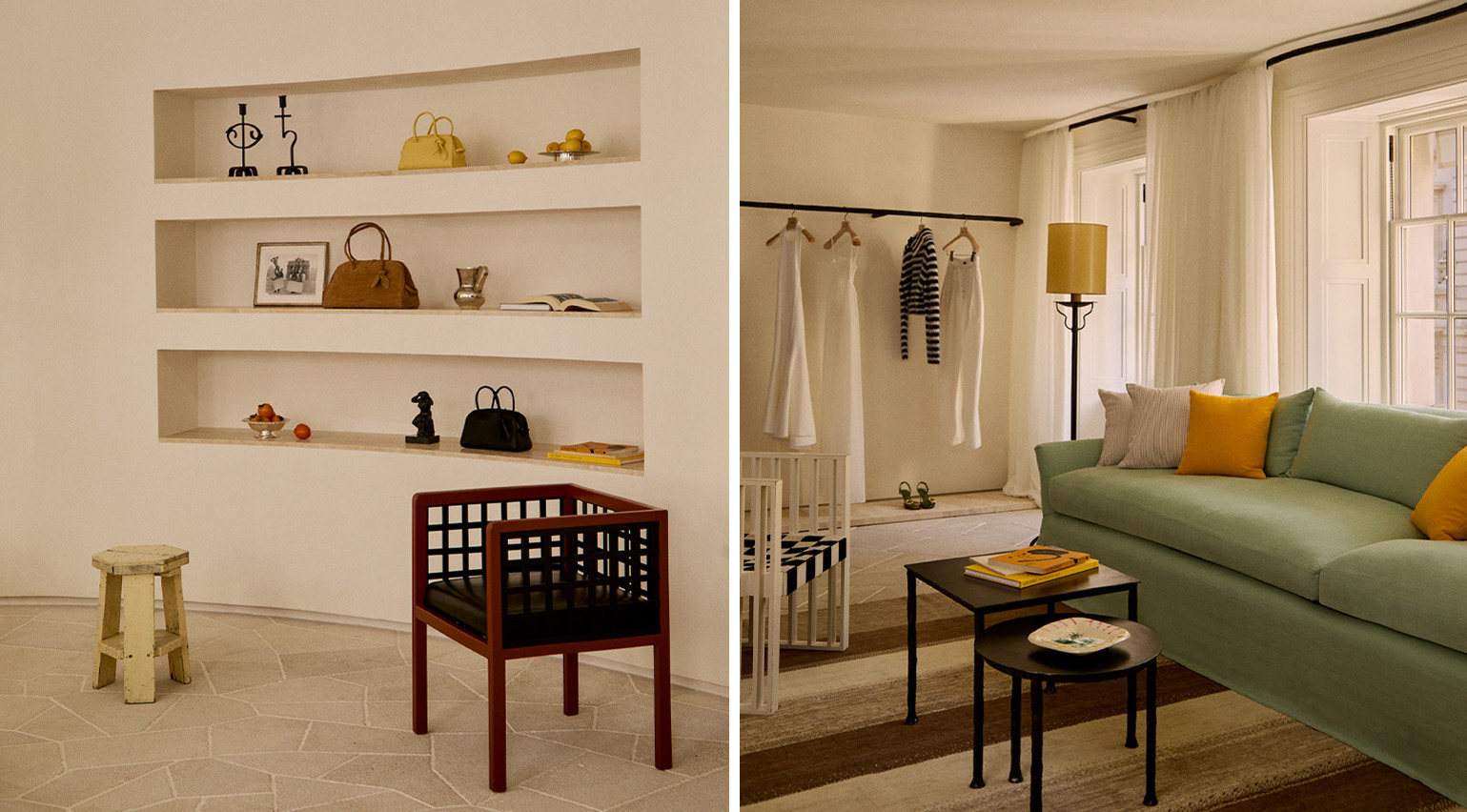 Tour Jacquemus’ new store, a serene Mediterranean escape in central London
Tour Jacquemus’ new store, a serene Mediterranean escape in central LondonSimon Porte Jacquemus has united with OMA on his latest store – a Meditteranean-inspired bolthole on London’s New Bond Street. Here, they talk Wallpaper* through the transporting space
By Jack Moss
-
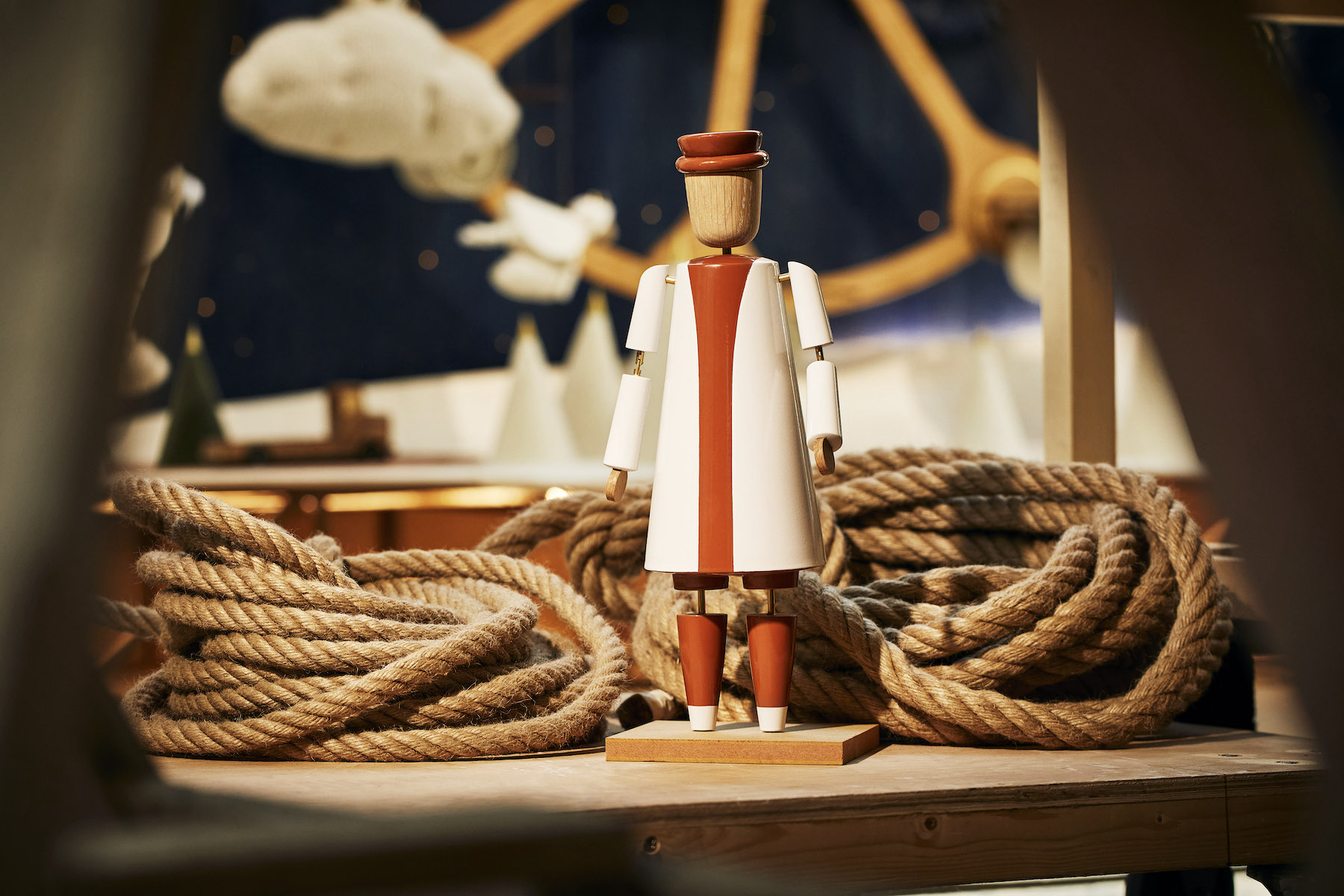 The making of Loro Piana’s magical festive Harrods takeover, ‘The Workshop of Wonders’
The making of Loro Piana’s magical festive Harrods takeover, ‘The Workshop of Wonders’Celebrating 100 years of Loro Piana, the Italian house has taken over Harrods in time for the festive season, spanning 36 transporting windows, two pop-ups and a raft of one-of-a-kind products which embrace the spirit of giving
By Jack Moss